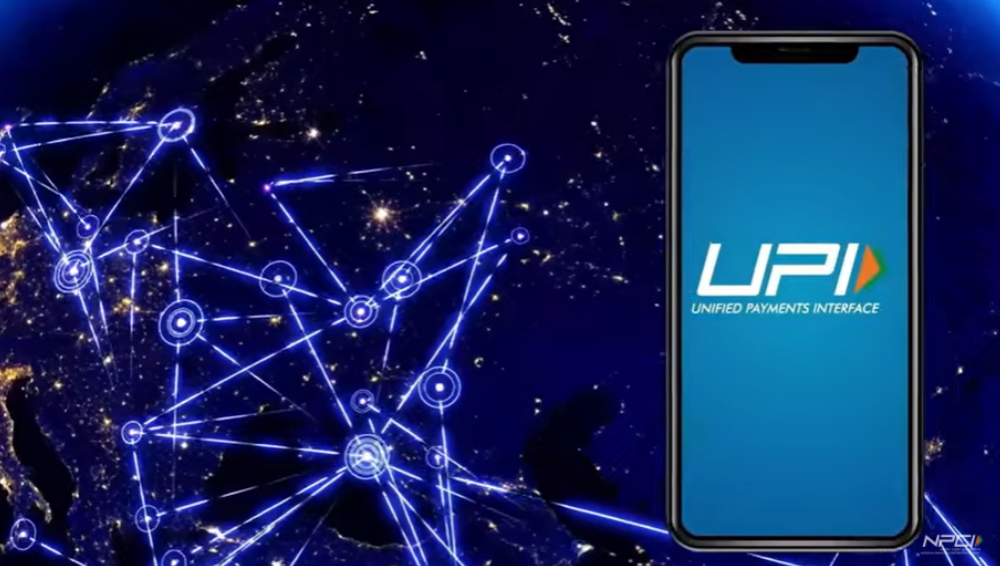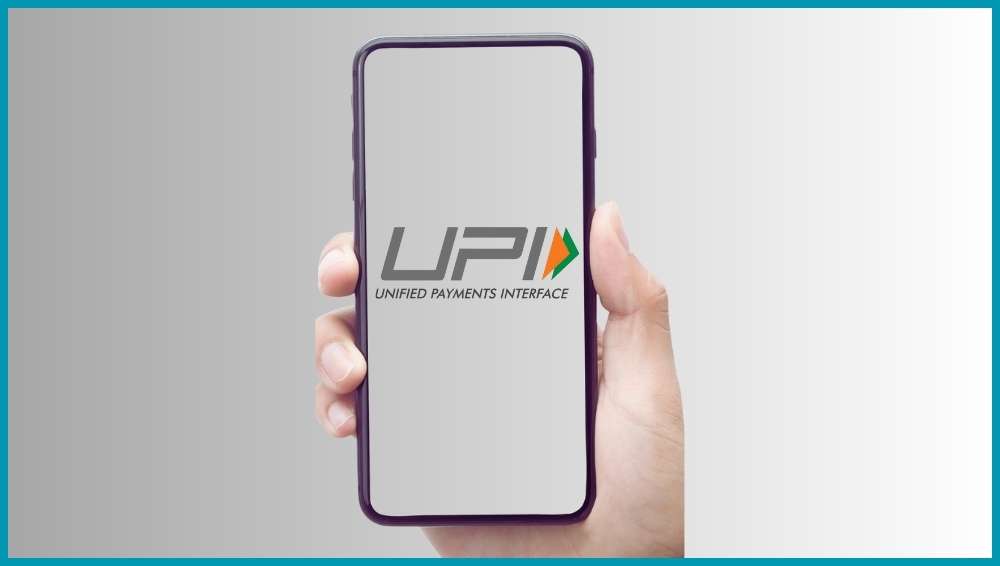

UPI’s Zero-MDR (Illusion) Model is Cracking – Who’s Really Paying the Price?
31 Mar 2025, 01:40 PMWhile the government insists UPI is free, hidden charges, unsustainable incentives, and industry frustrations tell a different story.
Arti Singh
"Well, until it's actually brought back, I don’t believe in anything. For years, they’ve been giving hope of bringing it back.
Subscribe to read the full story
Stay ahead in fintech leadership with insightful news and ecosystem mastery
Access premium journalism by selecting a Subscription Plan
1 Year
$ 99.00
The author is Founder and Editor of The Head and Tale. She can be reached at
[email protected]
Tweets @artijourno







